
Creator of @QwikDev, @angular, @angularjs, co-creator of #karmajs
How to get URL link on X (Twitter) App

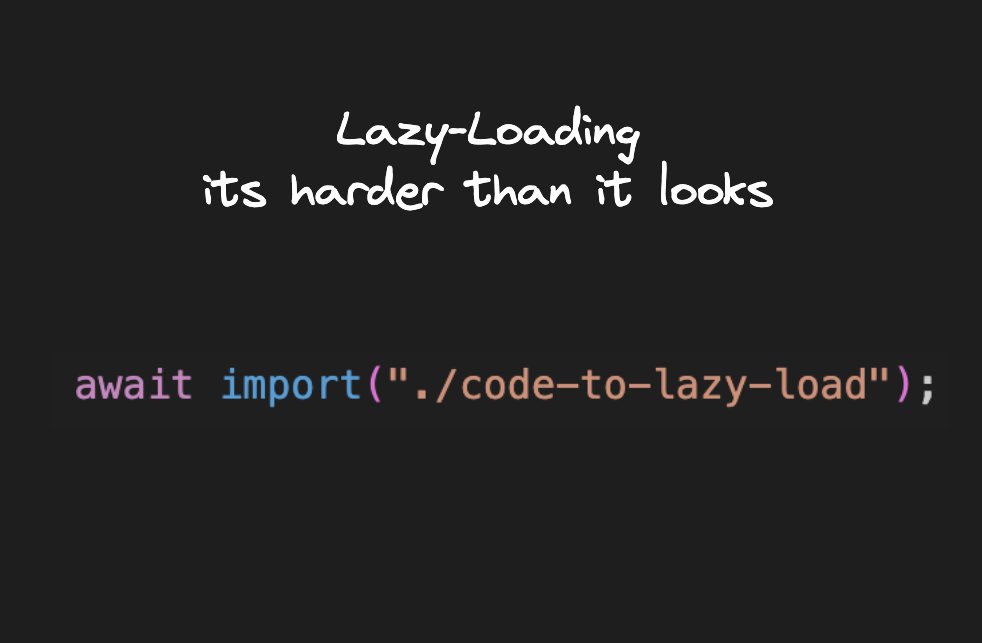
 Granularity: What is the minimum piece of code that you can lazy-load?
Granularity: What is the minimum piece of code that you can lazy-load?
https://twitter.com/mhevery/status/1635492705315999744?s=20
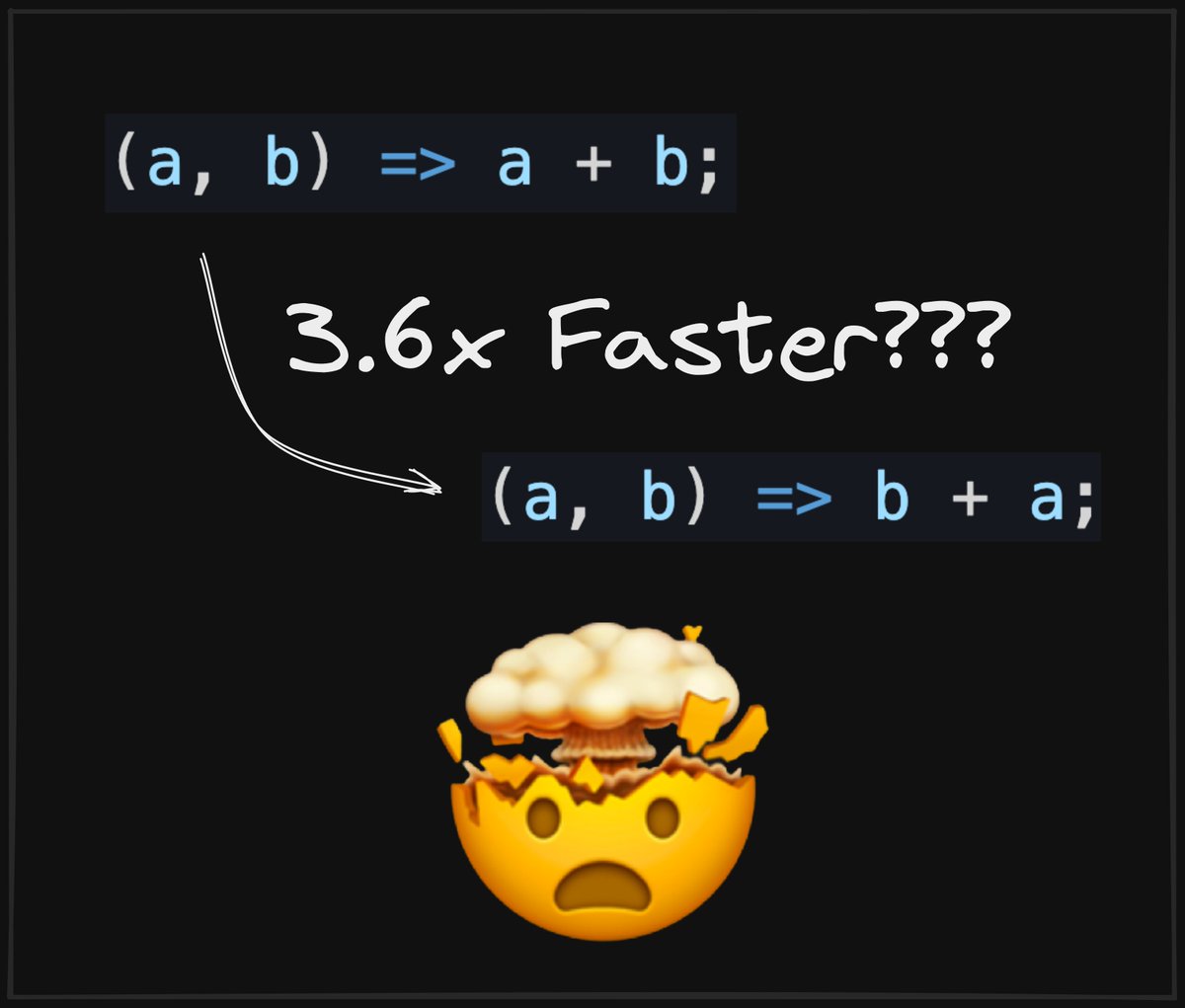
 Here is a test to prove it!!!
Here is a test to prove it!!!
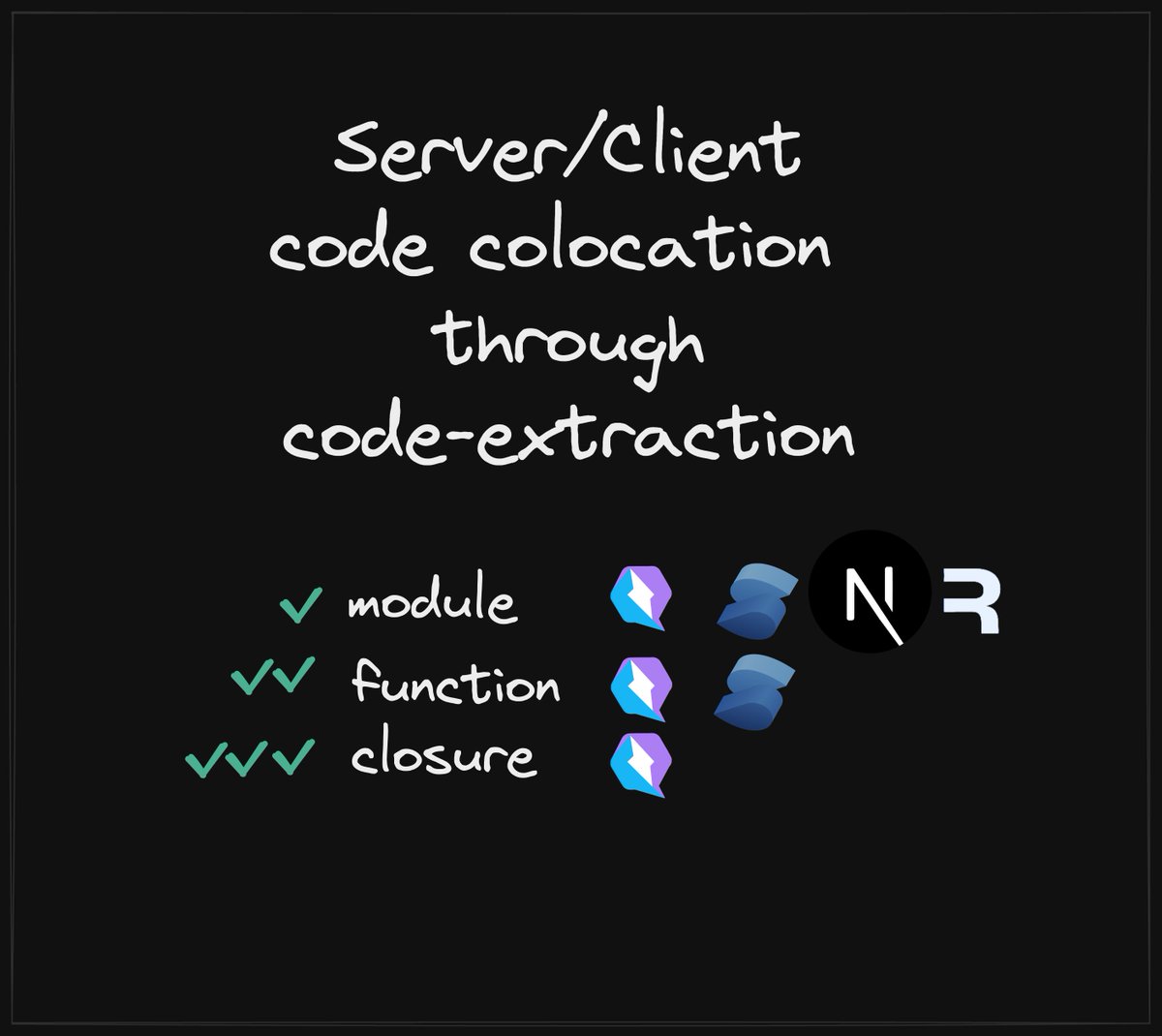
 Module extraction is the way it is done today.
Module extraction is the way it is done today.

 Imagine you have to do an expensive search operation for a KEY. You also know the most likely outcome is that the KEY will not be found. Such operations can’t be skipped on the off chance that the KEY is found.
Imagine you have to do an expensive search operation for a KEY. You also know the most likely outcome is that the KEY will not be found. Such operations can’t be skipped on the off chance that the KEY is found.

 There are two issues with tcurrent JSX transpilation:
There are two issues with tcurrent JSX transpilation:
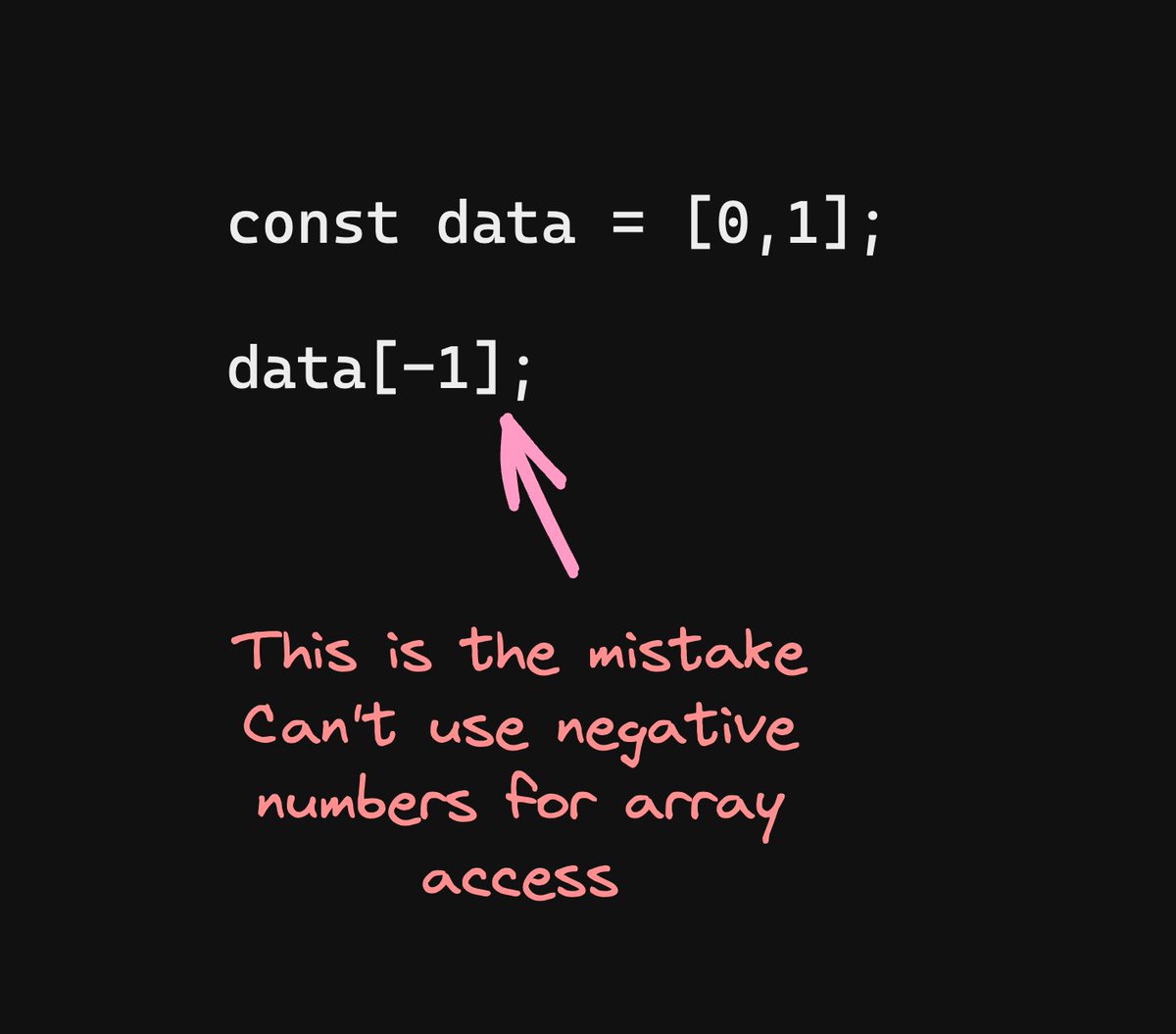
https://twitter.com/mhevery/status/1626002464469323777The mistake is that my array contained `[-0, -1]` when it should have contained `[-0, 1]`.

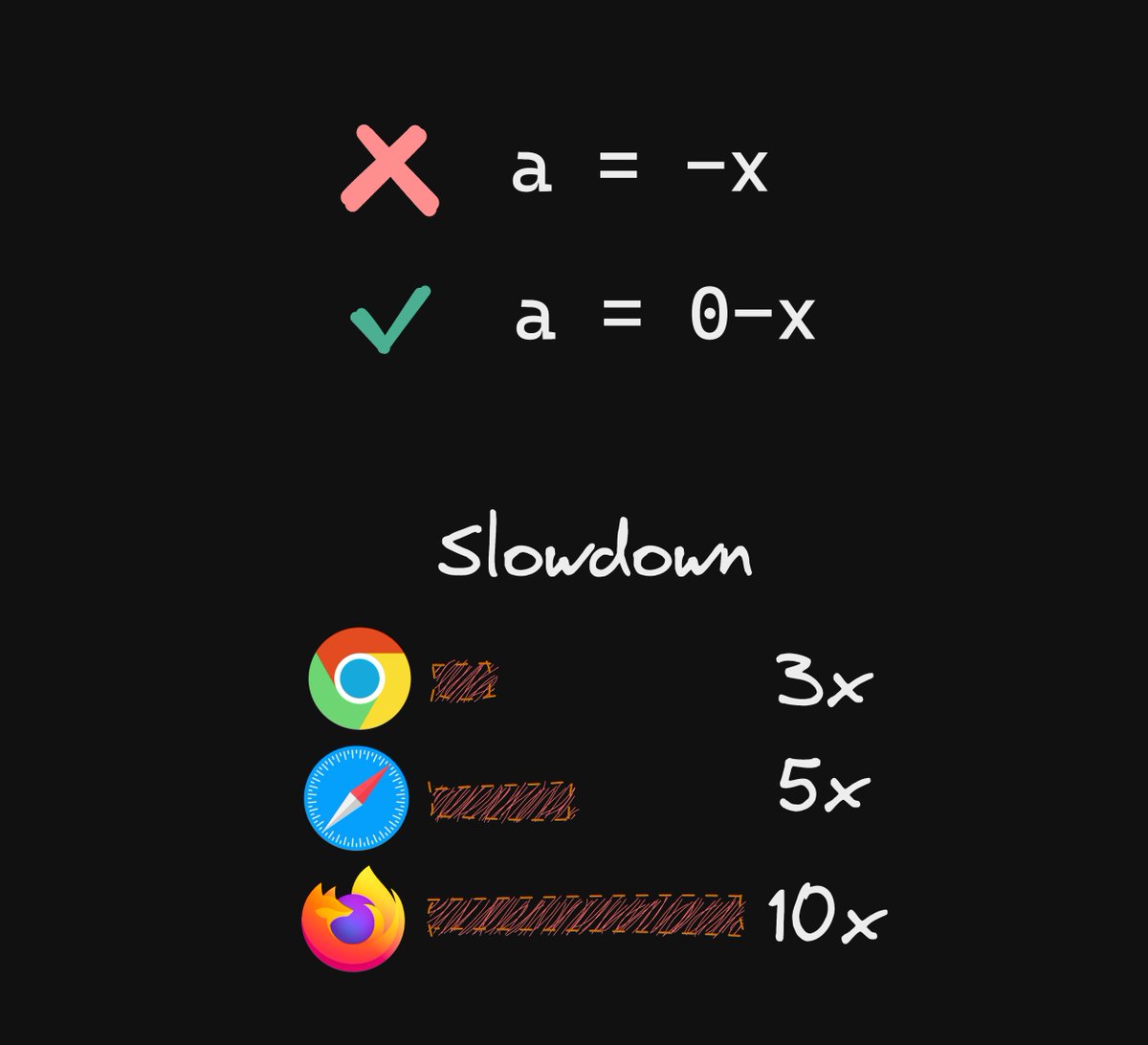
 The first thing to understand is that JavaScript has two representations for numbers:
The first thing to understand is that JavaScript has two representations for numbers:


https://twitter.com/mhevery/status/1566818498294083584?s=20&t=4a2koPrAfAyc2qCWdtcg8gIdeas are created when you talk to others/study existing solutions. We all stand on the shoulder of "others".
https://twitter.com/Rich_Harris/status/1624444013322305537?s=20&t=4a2koPrAfAyc2qCWdtcg8g